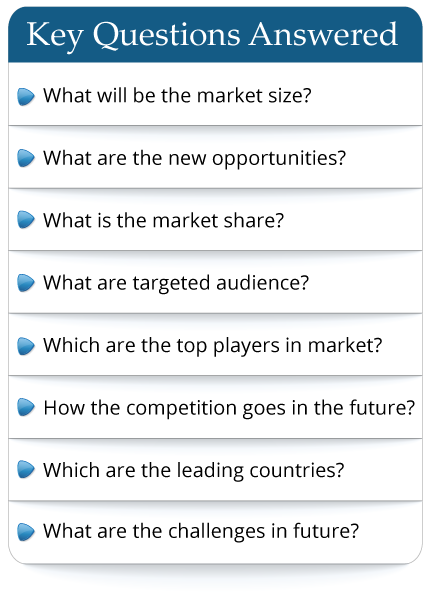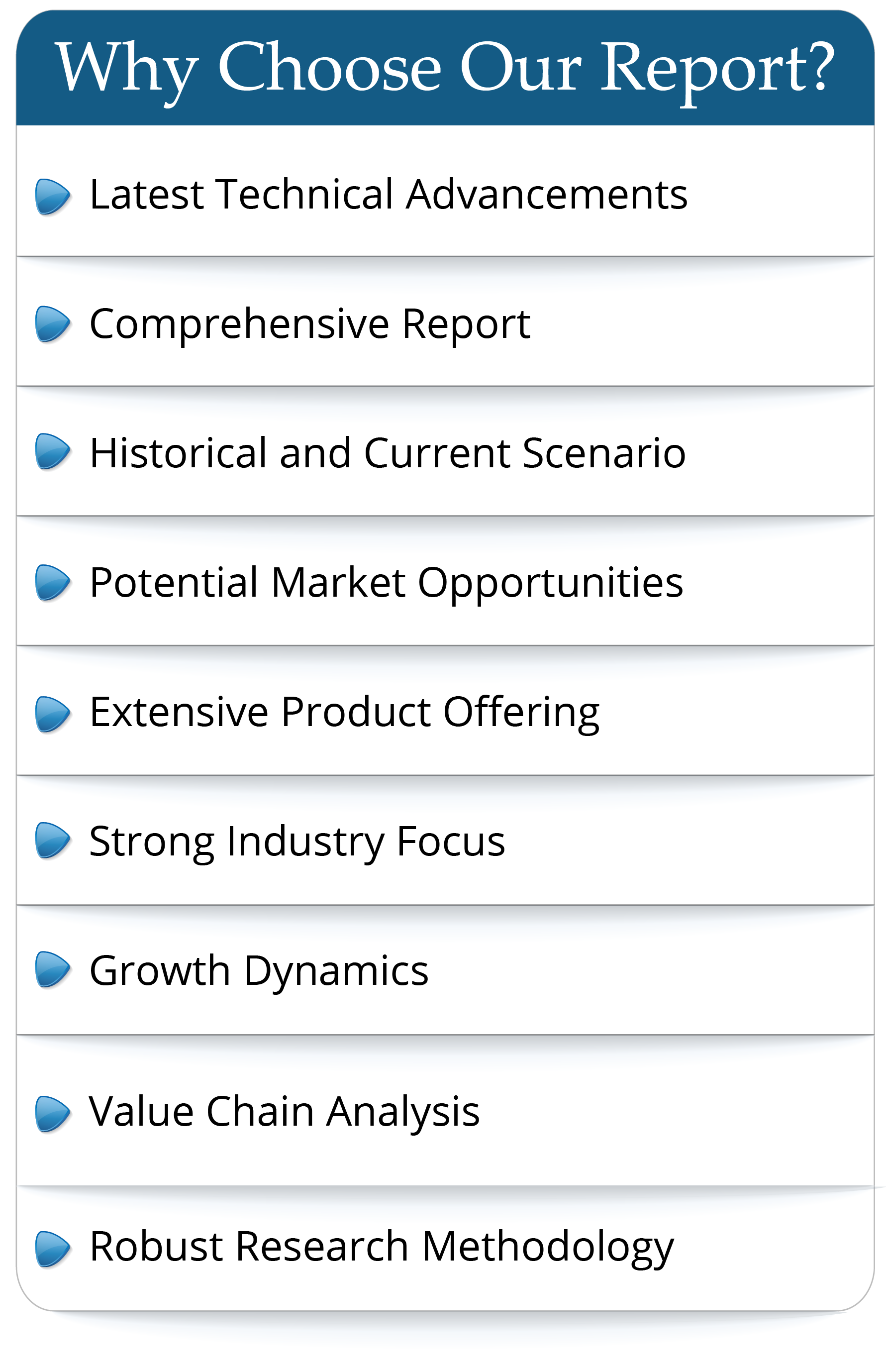Lyocell, derived from cellulose, is known as a man-made fiber. It is popularly known by the brand name ‘Tencel.’ Lyocell, a type of rayon fiber, is manufactured in a closed-loop method through a solvent spinning technique, wherein the cellulose undergoes a limited chemical change. Lyocell fibers are widely used in the textile industry in a broad range of apparels and home textiles. These fibers are also used in the medical industry in the production of medical equipment and surgical products.
Market Analysis and Insights: Global Lyocell Fiber Market
Due to the COVID-19 pandemic, the global Lyocell Fiber market size is estimated to be worth US$ 803.7 million in 2021 and is forecast to a readjusted size of US$ 1441.5 million by 2028 with a CAGR of 8.6% during the forecast period 2022-2028.
Global lyocell fiber key players include Lenzing, Hi-Tech Fiber, etc. Global top 1 manufacturer hold a share over 75%.
Asia-Pacific is the largest market, with a share about 46%, followed by Europe and North America, both have a share about 42 percent.
Global Lyocell Fiber Scope and Market Size
The global Lyocell Fiber market is segmented by region (country), company, by Type and by Application. Players, stakeholders, and other participants in the global Lyocell Fiber market will be able to gain the upper hand as they use the report as a powerful resource. The segmental analysis focuses on sales, revenue and forecast by region (country), by Type and by Application for the period 2017-2028.
Segment by Type
Regular Lyocell Fiber
Crosslinked Lyocell Fiber
Segment by Application
Apparels
Home Textiles
Nonwoven
Others
By Company
Lenzing
Grecell
Hi-Tech Fiber Group Corporation
Hubang Lyocell
Shandong Yingli Industrial
Sateri
Auyuan Beauty
By Region
North America
U.S.
Canada
Europe
Germany
France
U.K.
Italy
Russia
Asia-Pacific
China
Japan
South Korea
India
Australia
China Taiwan
Indonesia
Thailand
Malaysia
Latin America
Mexico
Brazil
Argentina
Middle East & Africa
Turkey
Saudi Arabia
UAE
Market Analysis and Insights: Global Lyocell Fiber Market
Due to the COVID-19 pandemic, the global Lyocell Fiber market size is estimated to be worth US$ 803.7 million in 2021 and is forecast to a readjusted size of US$ 1441.5 million by 2028 with a CAGR of 8.6% during the forecast period 2022-2028.
Global lyocell fiber key players include Lenzing, Hi-Tech Fiber, etc. Global top 1 manufacturer hold a share over 75%.
Asia-Pacific is the largest market, with a share about 46%, followed by Europe and North America, both have a share about 42 percent.
Global Lyocell Fiber Scope and Market Size
The global Lyocell Fiber market is segmented by region (country), company, by Type and by Application. Players, stakeholders, and other participants in the global Lyocell Fiber market will be able to gain the upper hand as they use the report as a powerful resource. The segmental analysis focuses on sales, revenue and forecast by region (country), by Type and by Application for the period 2017-2028.
Segment by Type
Regular Lyocell Fiber
Crosslinked Lyocell Fiber
Segment by Application
Apparels
Home Textiles
Nonwoven
Others
By Company
Lenzing
Grecell
Hi-Tech Fiber Group Corporation
Hubang Lyocell
Shandong Yingli Industrial
Sateri
Auyuan Beauty
By Region
North America
U.S.
Canada
Europe
Germany
France
U.K.
Italy
Russia
Asia-Pacific
China
Japan
South Korea
India
Australia
China Taiwan
Indonesia
Thailand
Malaysia
Latin America
Mexico
Brazil
Argentina
Middle East & Africa
Turkey
Saudi Arabia
UAE
Frequently Asked Questions
This market study covers the global and regional market with an
in-depth analysis of the
overall growth prospects...
- By product type
- By End User/Applications
- By Technology
- By Region
The report provides a detailed evaluation of the market by
highlighting information on
different aspects including drivers, restraints...

 Pre-order Enquiry
Pre-order Enquiry Download Free Sample
Download Free Sample












